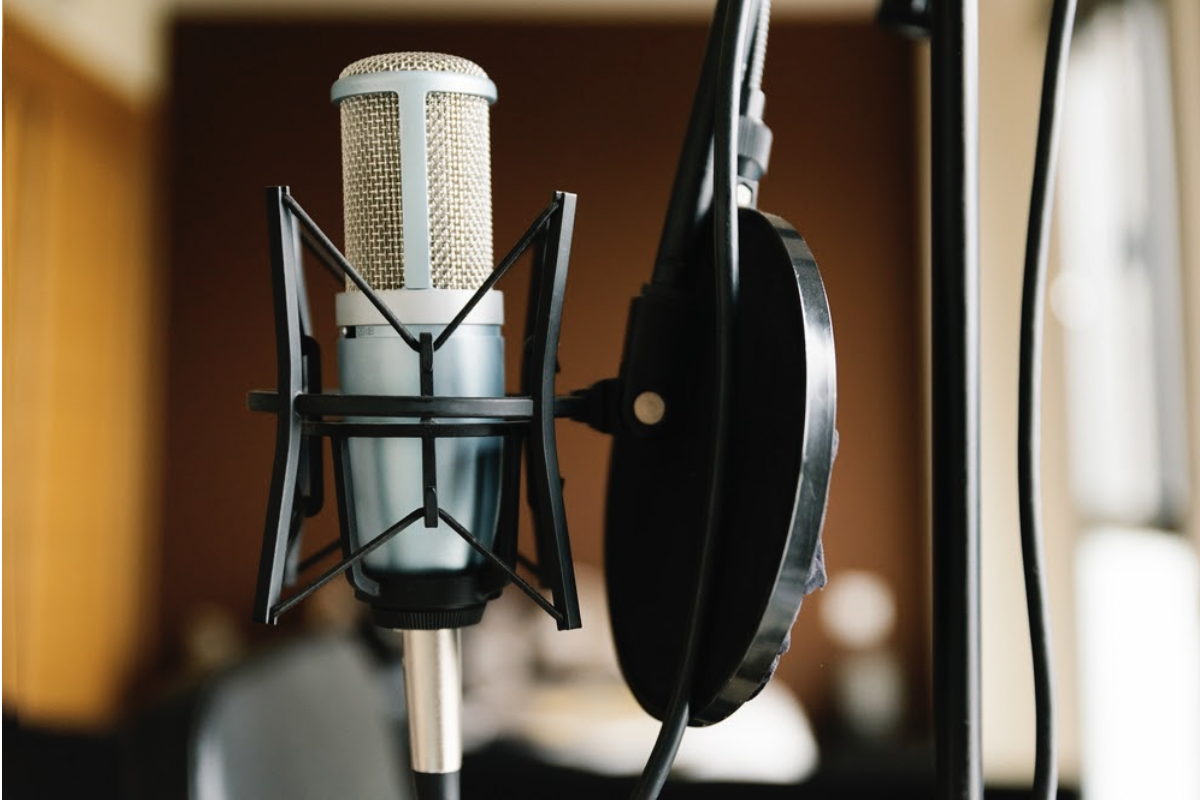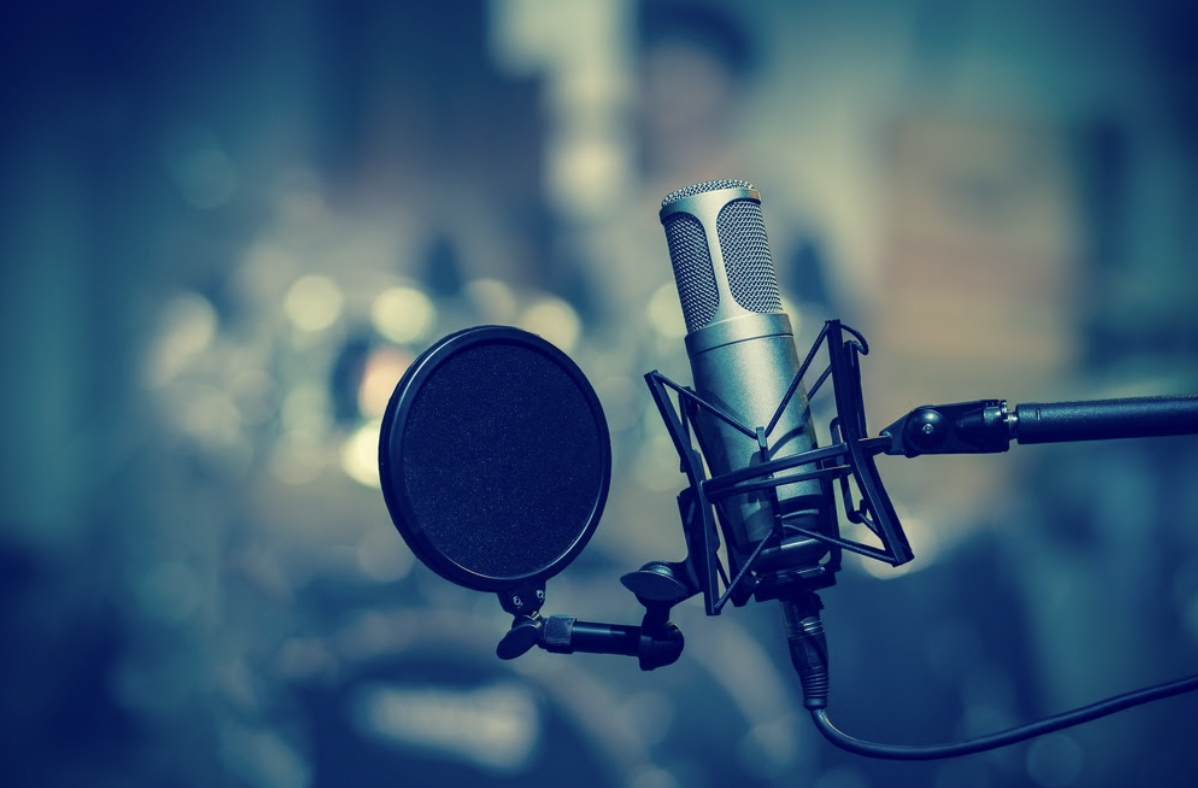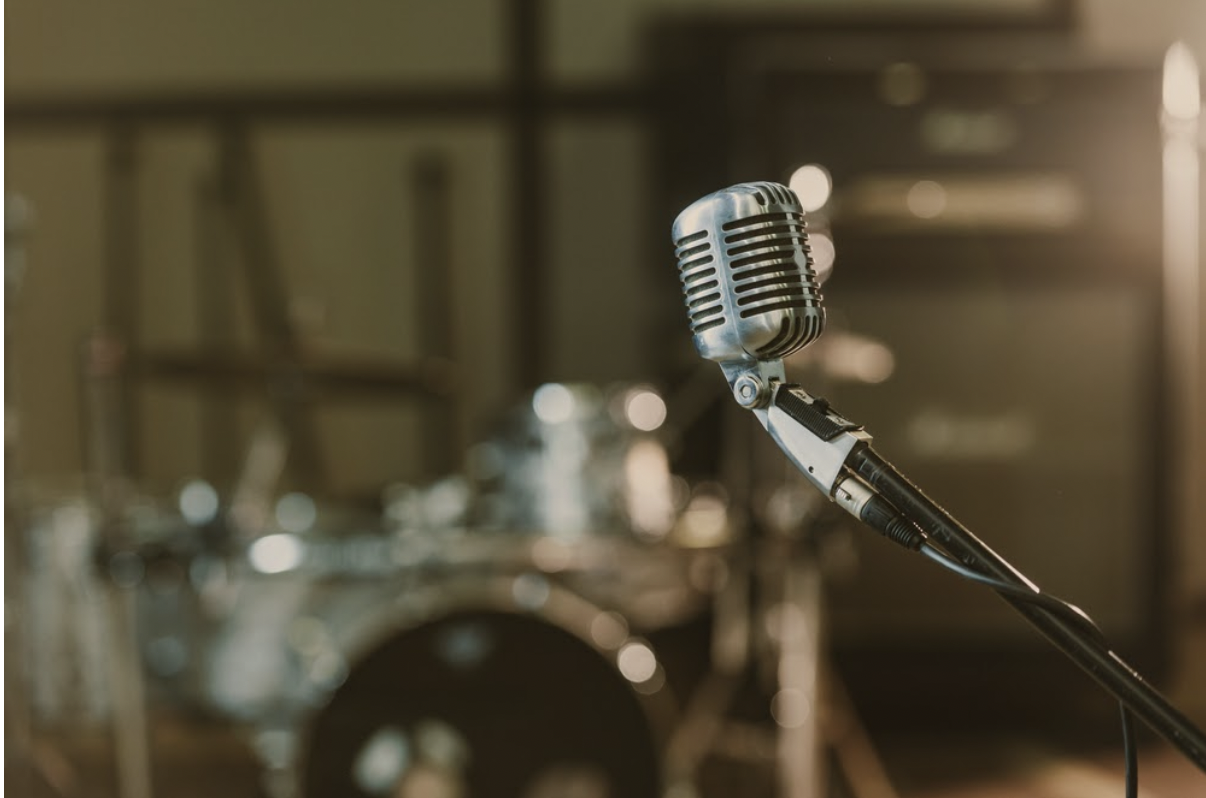A microphone is a sound amplification device in which vibrations of the air during singing or human speech initiate electrical impulses. This device is used to dramatically increase the volume of a voice for a variety of purposes, including stage vocals, recording songs, etc. Of course, microphone for a laptop is fundamentally different from a microphone suitable for stage performance. And these differences need to be considered when choosing a microphone.
How will you use your new microphone?
Most of the microphones made recently have the ability to amplify low frequency vibrations. Move the microphone closer to your face if you want to enhance this effect. Used wisely, this is guaranteed to help make the sound “warmer” even without the use of equalizers. But if the sound source is constantly moving, care should be taken when using this vocal technique. While driving, the basic characteristics of the sound can change abruptly and uncontrollably.
Perfect microphone placement when singing is a tricky task. However, there is a fairly simple and effective formula that allows you to achieve an acceptable quality of operation of this device. The point is to try to keep the microphone at a distance equal to the largest size of the sound source.
However, if you bring your microphone too close to your face, you will hear extraneous sounds. The likelihood of their occurrence dramatically reduces the correct choice of the diagram. This method is much more effective than installing various mufflers. Also, the absence of noise can often be achieved by the correct placement of the musical instruments. Sometimes the optimal placement options for the device have to be determined empirically.
Of course, a lot depends on the type and characteristics of the microphone itself, which the vocalist must consider when using.
The different types of microphones used

Microphones can be either condenser or dynamic. What is the best microphone for vocals? It depends on the terms of its use. Condenser microphones are usually much more sensitive, so they reflect all shades of sound with the greatest accuracy. This is a clear advantage in studio recording and a significant disadvantage during a concert, where extraneous noise can often occur. Dynamic microphones are much less sensitive to such noises. In addition, they are significantly less expensive and less likely to break in transit than condenser microphones.
General information about the basic characteristics of the microphone

Understanding the basic technical characteristics of an electronic microphone allows you to draw the right conclusions about where and how to best use it. When choosing, the greatest attention should be paid to the following characteristics:
- focus;
- sensitivity;
- sound pressure level;
- frequency.
Sound wave directivity refers to the shape of the area from which the microphone picks up most sounds. Cardioid microphones always pick up sounds from a sound wave source in front of them or from one side. Supercardioid devices are less able to pick up sound waves coming from the front and better pick up side sounds. When using hypercardioid microphones, this lateral capture of waves is further increased and the anterior capture is significantly reduced.
The sensitivity value also indicates how very quiet sounds your microphone can amplify. This microphone parameter is measured in noise units – decibels. They also measure sound pressure. This indicator lets you know how much of a vocal or other sound can be boosted.
Clarity is determined by the limiting frequencies of sound vibrations that the microphone can reproduce during operation.
What are the characteristics of the microphone not telling you?
The quality of work depends on the mounting of the microphone as much as on the characteristics. Unfortunately, none of the specifications explicitly tell you where to place the microphone. Placement is often done intuitively, with a lot of trial and error, until the optimum is finally reached.
So which microphone should you choose? If you lack experience, it is better to give preference to tried and tested brands that are used by the clubs you visit and popular artists. Such products will never let you down.
Over time, the experienced performer or sound engineer becomes more and more guided by their own experience of the sound they receive, rather than by the specifications.
One way or another, the choice of a microphone must be treated with the utmost responsibility. For example, choosing the wrong studio microphone can lead to recording defects that even the best song mastering service cannot fix.
